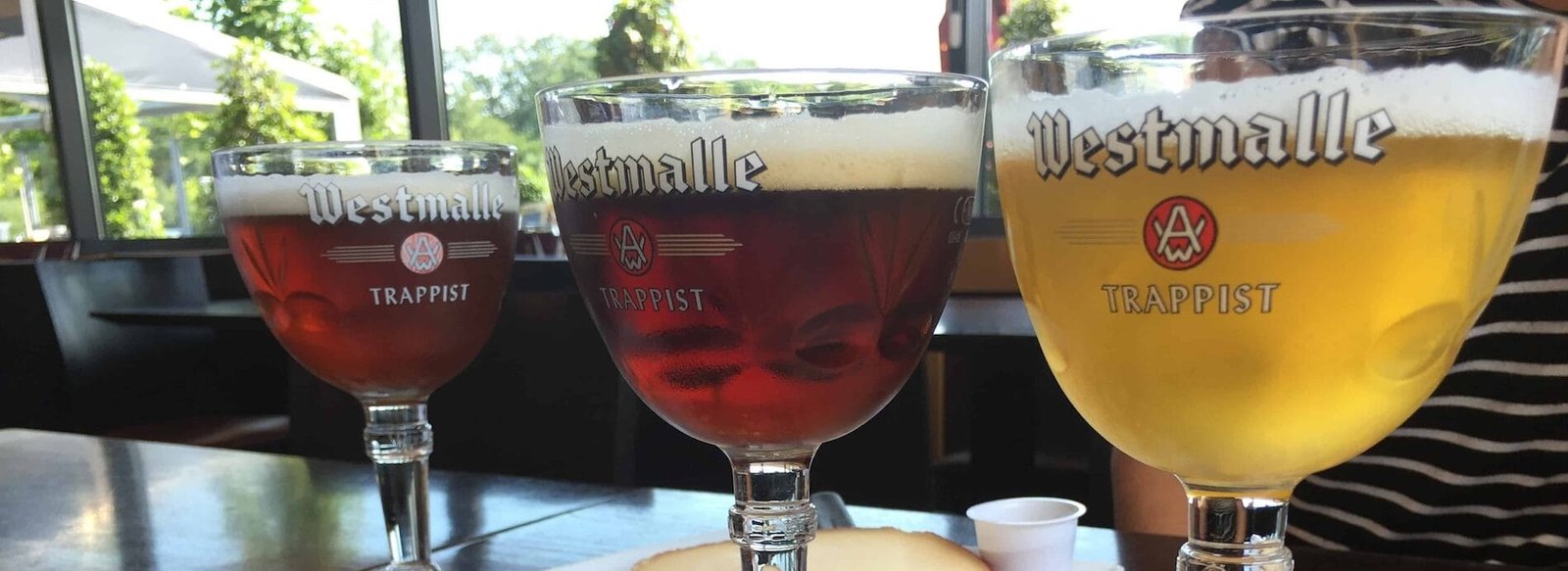When it comes to the world of beer, few styles have the rich history and distinctive character of Lambic beers. Originating from the Brussels region of Belgium, these spontaneously fermented brews stand apart from most other beer styles, which rely on cultivated yeast strains for fermentation. Lambic beers are a testament to the art of brewing, showcasing the complexities of flavor that arise from nature itself. This article delves into the unique attributes of Lambic beers, their traditional brewing methods, and their cultural significance, revealing why they are considered a true Belgian treasure.
The Origins of Lambic Beer
The roots of Lambic beer can be traced back to the Senne Valley, where the climate and geography create ideal conditions for spontaneous fermentation. The process begins with a simple mixture of malted barley, unmalted wheat, and hops. However, what sets Lambic apart is the use of wild yeast and bacteria from the environment. Instead of adding a cultivated yeast strain, brewers leave the wort exposed to the open air, allowing the local yeast and bacteria to inoculate it. This method, known as “coolship fermentation,” has been practiced for centuries, resulting in a beer that is as much a product of its surroundings as it is of the brewer’s intent.
The spontaneous fermentation process is unpredictable, leading to a wide range of flavors and aromas. This variability is one of the hallmarks of Lambic beers, making each batch a unique expression of the local terroir. The use of aged hops, which contribute bitterness without imparting the floral or citrus notes typical of fresh hops, further enhances the complexity of the final product.
The Different Types of Lambic Beers
Lambic beers come in several distinct styles, each with its own unique characteristics and flavor profiles. The most notable among them are:
1. Gueuze: Often referred to as “the champagne of Belgium,” Gueuze is a blend of young and old Lambic beers that undergoes a second fermentation in the bottle. This process creates natural carbonation and a complex flavor profile that includes notes of tartness, funk, and a refreshing effervescence. Gueuze is often enjoyed as an aperitif and pairs well with a variety of foods.
2. Fruit Lambics: These beers are made by adding fruit, such as cherries (Kriek) or raspberries (Framboise), to the base Lambic. The fruit is typically added during the aging process, allowing the flavors to meld and create a harmonious balance. The result is a vibrant, fruity beer with a tart finish, making it a favorite among those who enjoy sweeter, more approachable styles.
3. Straight Lambic: This is the unblended version of Lambic, showcasing the raw character of the spontaneously fermented beer. It is often more sour and complex than its blended counterparts, with a range of flavors that can include earthy, funky, and fruity notes. Straight Lambic is typically enjoyed by seasoned beer drinkers who appreciate its bold and untamed nature.
4. Oude Lambic: This style refers to Lambic that has been aged for an extended period, often in wooden barrels. The aging process allows for the development of deeper flavors and aromas, as well as a more pronounced sourness. Oude Lambic is often enjoyed in smaller quantities due to its intense character.
The Brewing Process
The brewing process for Lambic beer is labor-intensive and requires a deep understanding of the natural fermentation process. After the wort is prepared, it is transferred to a coolship, a shallow vessel that allows for maximum exposure to the air. The wort is left to cool overnight, during which time it becomes inoculated with wild yeast and bacteria.
Once the wort has cooled, it is transferred to wooden barrels, where fermentation takes place. The barrels are typically made from oak, which not only contributes to the flavor but also allows for the slow oxidation that enhances the beer’s complexity. The fermentation process can take anywhere from several months to several years, depending on the desired flavor profile.
During this time, the beer undergoes a series of transformations, influenced by the unique microorganisms present in the brewery and the barrels. The result is a living product that continues to evolve over time, with flavors developing and changing as the beer ages.
Cultural Significance
Lambic beers are not just a product of Belgian brewing; they are deeply intertwined with the culture and traditions of the region. The brewing of Lambic is often a family affair, with recipes passed down through generations. Many breweries, known as “brasseries,” are small, family-owned operations that take pride in their artisanal approach to brewing.
Lambic beers also play a significant role in Belgian gastronomy. They are often enjoyed with traditional Belgian dishes, such as mussels, fries, and rich cheeses. The tartness of Lambic can cut through the richness of these foods, creating a harmonious dining experience. Additionally, the versatility of Lambic beers makes them suitable for pairing with a wide range of cuisines, from spicy Asian dishes to hearty stews.
In recent years, there has been a resurgence of interest in Lambic beers, both in Belgium and abroad. Craft beer enthusiasts are drawn to the complexity and uniqueness of these brews, and many breweries outside of Belgium have begun to experiment with spontaneous fermentation techniques. However, true Lambic beer remains a product of its region, with strict regulations governing its production to ensure authenticity.
Challenges and Preservation
Despite their rich history and cultural significance, Lambic beers face challenges in the modern brewing landscape. The traditional methods used to produce Lambic are labor-intensive and require a significant investment of time and resources. As the craft beer market continues to grow, many breweries are opting for faster, more efficient brewing methods that prioritize consistency over complexity.
Additionally, climate change poses a threat to the delicate balance of the local ecosystem that contributes to the spontaneous fermentation process. Changes in temperature and weather patterns can disrupt the natural yeast and bacteria populations, potentially impacting the quality and character of Lambic beers.
To address these challenges, many brewers are focusing on sustainability and preserving traditional brewing practices. Initiatives to educate consumers about the unique qualities of Lambic beers and their cultural importance are also gaining traction. By fostering a deeper appreciation for these artisanal brews, brewers hope to ensure that Lambic beers remain a cherished part of Belgian heritage for generations to come.
Lambic Beers: Why They’re a Belgian Treasure
Lambic beers are a remarkable expression of Belgian brewing tradition, showcasing the beauty of spontaneous fermentation and the complexities of flavor that arise from nature. Their unique brewing methods, diverse styles, and cultural significance make them a true treasure of Belgium. As the craft beer movement continues to evolve, it is essential to recognize and celebrate the artistry and heritage of Lambic beers, ensuring that they remain a vibrant part of the global beer landscape. Whether enjoyed in a cozy Belgian café or shared among friends, Lambic beers offer a taste of history, culture, and the natural world, making them an enduring favorite for beer lovers everywhere.

